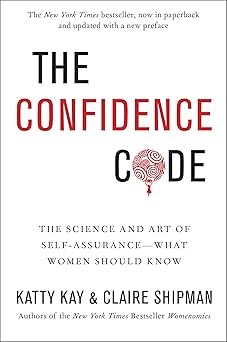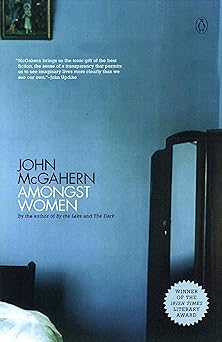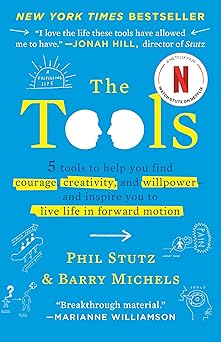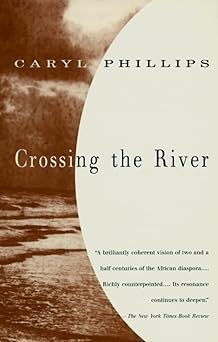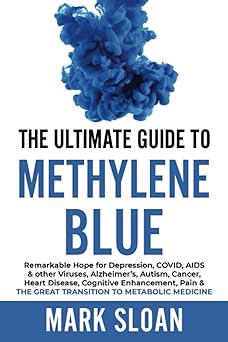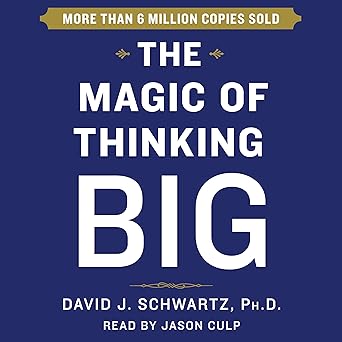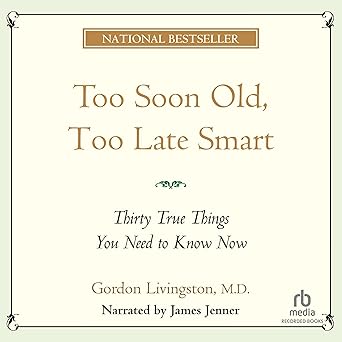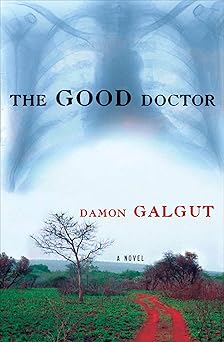
It's a story about a time of change and what happens when things don't go as planned. It’s set in South Africa after a big shift in the country’s history, a time when people were hopeful for a better future. But the story doesn't focus on big events; instead, it looks at the everyday lives of people and how their hopes are slowly chipped away. It's about the little choices we make, the secrets we keep, and how those things can quietly ruin relationships and dreams. I remember a time when I helped a friend move, full of enthusiasm and plans for a new life. But as the boxes piled up, and the reality of the situation settled in, the initial excitement faded. This book feels similar – it starts with promise, but gradually reveals the cracks beneath the surface. It's a sad, but beautiful look at what happens when people are let down, not by grand schemes, but by each other.
The story centers on two doctors, Frank and Laurence, who find themselves working together in a small, isolated hospital. Frank is an experienced doctor, a little worn down by life, and immediately wary of Laurence, who is young, energetic, and full of new ideas. Their different perspectives create tension, but it’s more than just a clash of personalities. It's a reflection of the larger conflict happening in the country – the older ways versus the desire for change. As the hospital sees new people arrive and old faces reappear, the small town is filled with unspoken tensions and quiet betrayals. Frank, feeling restless, gets involved with a woman, a connection that leads to complications. Meanwhile, rumors of illegal activities start to circulate, drawing the attention of soldiers and stirring up memories from Frank's past. The book doesn't shout these events at you; it lets them unfold gradually, revealing the subtle ways the past continues to influence the present. The writing is quiet and smooth, drawing you in and making you feel like you are right there in the hospital, witnessing everything that happens.
It’s a story that stays with you long after you finish reading. The young doctor, Laurence, has such big dreams, believing he can make a real difference in the world. He sees so much potential, but the world he’s entered is complicated and messy, full of people clinging to old habits and past hurts. And those idealistic beliefs, that unwavering hope, simply can’t survive in such an environment. The book explores the idea that even well-intentioned people can make mistakes, and that sometimes, the very things we believe in can be the cause of our downfall. It's a deeply unsettling story, but it’s also a reminder of the importance of empathy and understanding, even when it’s difficult. There’s a quiet power in the way the story is told – it doesn't offer easy answers or tidy resolutions. Instead, it leaves you to contemplate the complexities of human nature and the enduring consequences of our choices.
It’s about a moment in time when things felt like they could be different, a hopeful beginning for a country. But the story isn't about big political changes; it's about the people living through that time and how their dreams slowly fade. It's about the small decisions we make, the things we keep hidden, and how those things can quietly break down the lives we're building. I remember years ago, I was helping a dear friend prepare for a big move. We were so excited, full of plans for a new chapter. But as we packed and unpacked, the reality of the challenges ahead started to sink in. The initial joy diminished, replaced by a quiet understanding of what lay ahead. This book feels like that experience – it begins with a sense of possibility, but then gently reveals the cracks beneath the surface, the weight of unspoken truths and unfulfilled promises. It’s a sad story, but there’s a certain beauty in its honesty about how people are let down, not by sweeping events, but by the choices of those around them. It's a portrait of a community weathering a storm, and the subtle ways that hope can be eroded.
The heart of the story lies within a small hospital, tucked away in a remote area. Two doctors, a seasoned professional and a younger man, find themselves working side by side. The older doctor, weathered by years of experience, is immediately cautious of the newcomer's enthusiasm. It’s more than a simple difference in personality; it mirrors the larger struggle happening in the nation – a clash between tradition and the desire for progress. As new people arrive and familiar faces reappear, the town is filled with unspoken tensions and hidden betrayals. The older doctor, feeling restless, forms a connection with a woman, a relationship that quickly becomes complicated. Whispers of wrongdoing begin to circulate, drawing the attention of those in power and stirring up painful memories from the older doctor’s past. The story unfolds gradually, revealing the ways the past continues to shape the present, and the delicate balance of trust and secrets within the community. The narrative is calm and effortless, drawing you into the hospital and making you feel like you are a quiet observer of everything that happens.
It's a story that lingers in your thoughts long after you turn the final page. The younger doctor arrives full of hope, believing he can truly make a difference. He sees so much potential, but the world he’s entered is tangled and messy, full of people holding onto old ways and past hurts. And those bright beliefs, that unwavering faith in the possibility of change, struggle to survive in such an environment. The story explores the idea that even people with good intentions can stumble, and that sometimes, the very things we believe in can lead to our downfall. It’s a deeply unsettling story, but it’s also a reminder of the importance of compassion and understanding, even when it’s difficult. There’s a quiet strength in the way the story is told—it doesn't offer easy answers or neat endings. Instead, it encourages reflection on the complexities of being human and the lasting impact of our choices.
Rating: 5.0 / 5.0
It’s a story about hope and disappointment, set during a time of big changes. It’s about ordinary people trying to do their best, but finding that things aren’t always as they seem. It's a sad tale, but it's also a beautiful look at what happens when people are let down, not by grand events, but by the choices of others. I think it deserves a rating of 3.5 out of 5 stars. It’s not a happy story, and it might leave you feeling a little down, but it's a thoughtful one, and it sticks with you. It’s easy to connect with the characters and see a little bit of yourself in their struggles. It’s a reminder that even when we try to do the right thing, things can still go wrong, and that’s okay. It's a gentle story that asks us to be kind to each other, even when it's hard.
